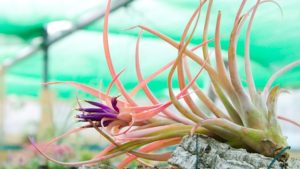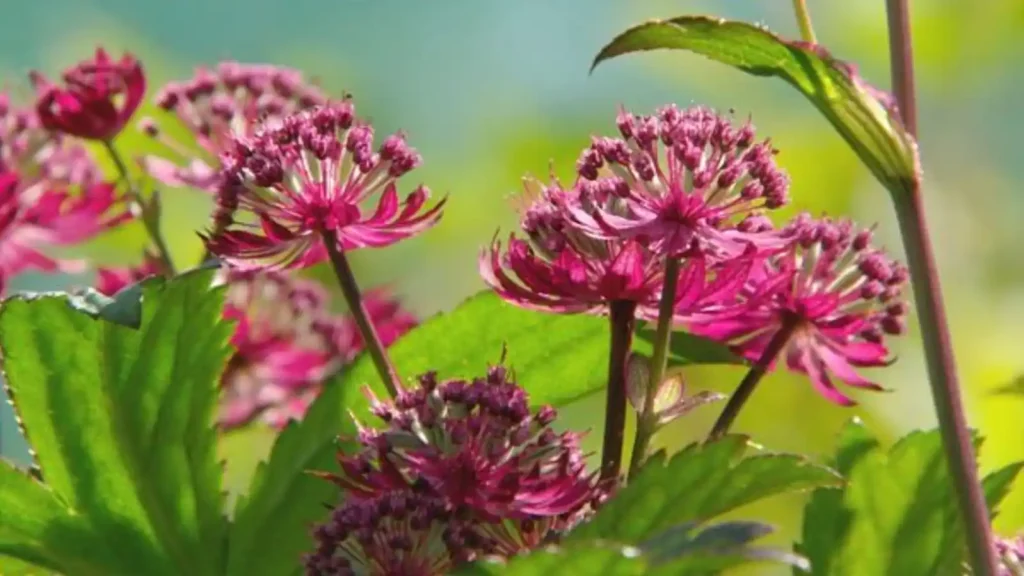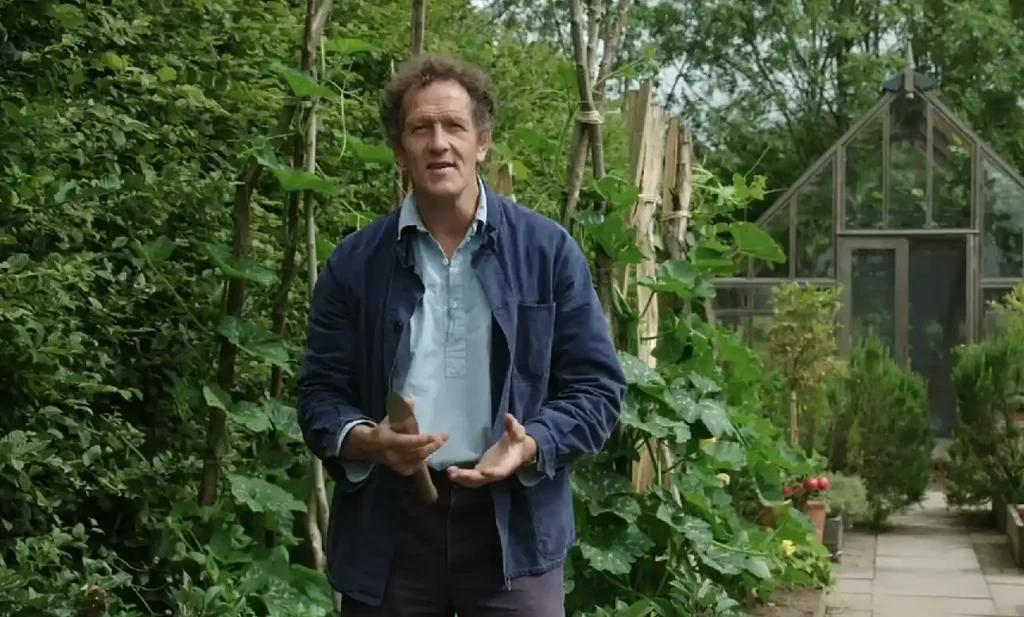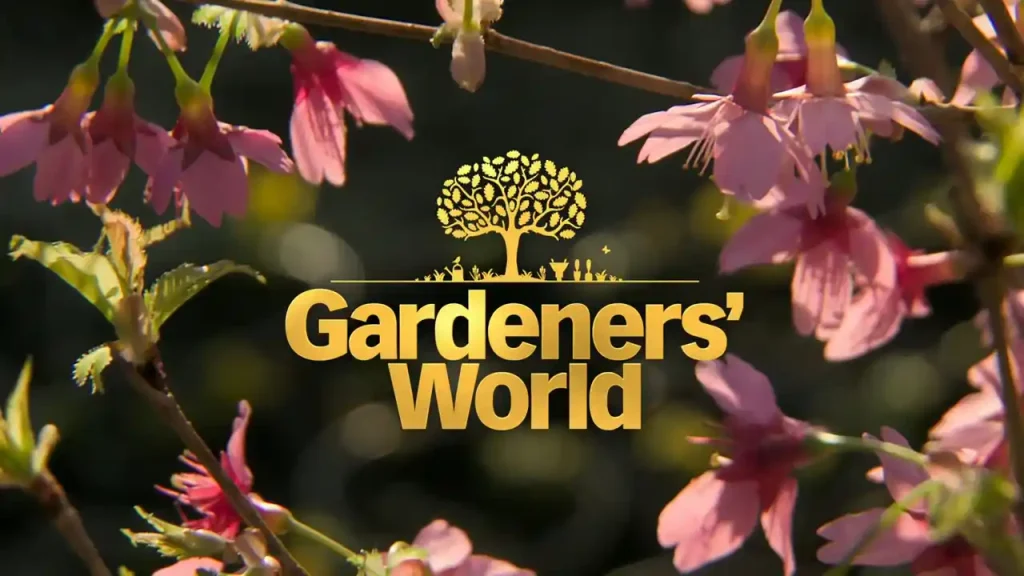As well as propagating succulent plants, Monty Don revisits his container vegetable garden, gives advice on how to get a good crop of pumpkins and gets out and about when he meets Jake Hobson, one of the UK’s leading cloud pruning and topiary experts.
Adam Frost looks at a newly planted garden at RHS Hyde Hall in Essex, which has been designed to display both hardy and exotic vegetables, Rachel de Thame visits a garden in Wiltshire, where vibrant colours are the key to the success of its summer borders, and we meet two enthusiasts in Manchester who have a passion for air plants.
And Flo Headlam returns to Potterne to check on the progress of the new community space and to join the local residents as they get to grips with building and planting the garden.
Gardeners World episode 22 2017:
1. Home Composting
Making and using compost is the cornerstone of gardening, especially organic gardening. The finished product is rich, dark, crumbly and sweet-smelling. It is made of recycled garden and kitchen waste, and can also include paper products. It is used to feed and condition the soil and in making potting mixes. Around 40 percent of the average dustbin contents are suitable for home composting so it helps cut down on landfill too.
2. Cacti and succulents
This plant group is extremely vast and diverse, from the very small and intricate to the striking and architectural. There is a cactus or succulent to suit everyone, whether young or old.

3. Air plants
Air plants (Tillandsia spp.) are from Mexico and South America. They are so-named because they use their short, wiry roots to attach themselves to branches, cliff-faces, even electricity and telephone lines, rather than rooting in soil.
4. What is cloud pruning?
Cloud pruning is a Japanese method of training trees and shrubs into shapes resembling clouds. It is known as ‘Niwaki’, the translation of which is ‘garden tree’. The style is said to depict the distilled essence of the tree. This type of pruning does not have to be used in solely Japanese-style gardens; it can be used as a feature in gardens of many different styles.
5. Grow your own soya beans
Originating in Southeast Asia, these beans are an excellent source of protein and can harvested and dried, or the hairy pods boiled or steamed whole, then shelled for the tender green bean inside. To do well, most soya beans need a long, hot summer with temperatures between 20-30°C (68-86°F), although some modern varieties have been bred to withstand cooler conditions.




